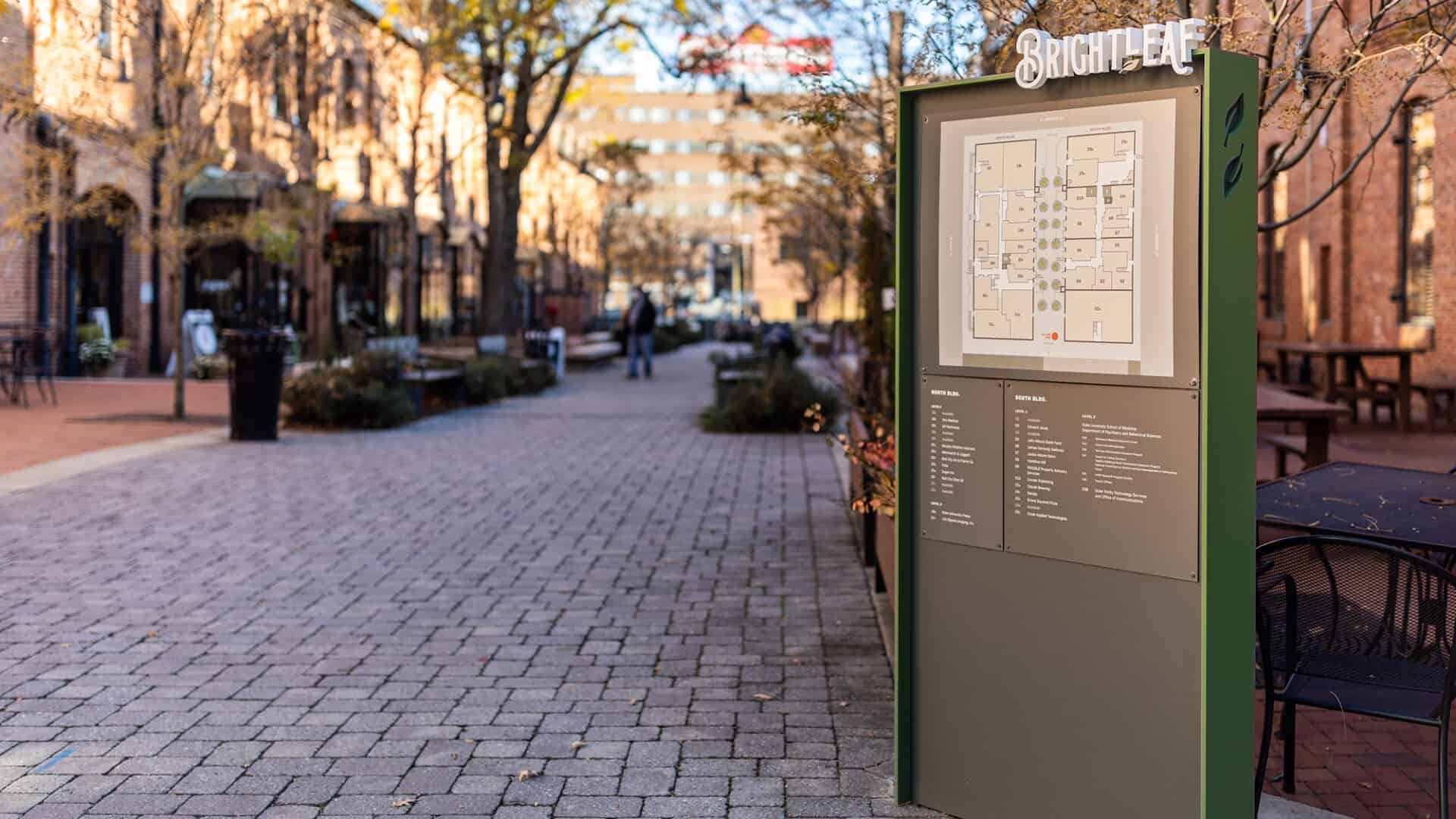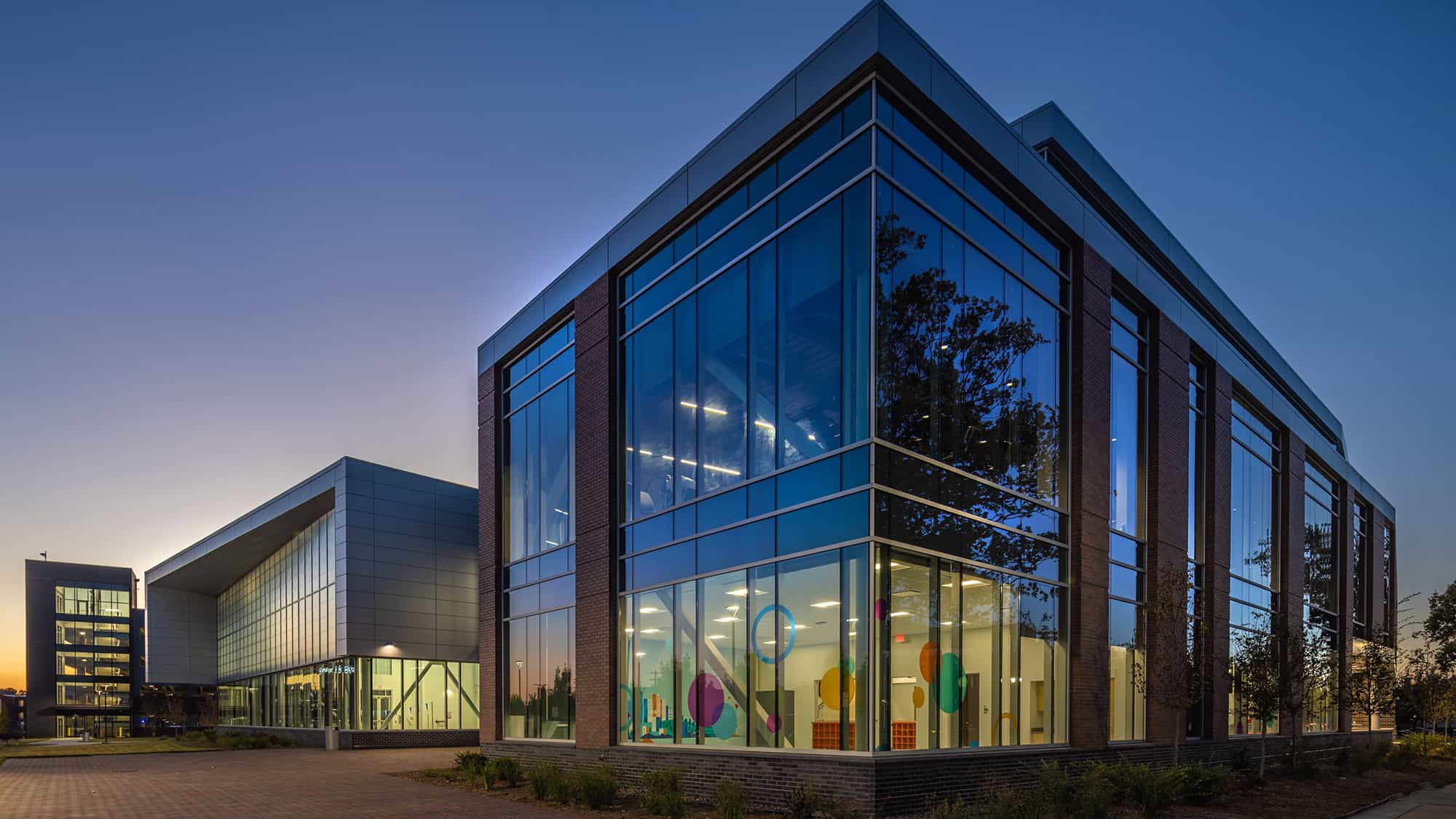As we wind down another year, we can’t help but reflect on the past 12 months—from new and deepened relationships to accomplishments and lessons-learned. In what ways did we care for others? How did we stretch our ourselves? What new concepts and ideas were sparked?
As design partners, Michael Coates, Tomás Jiménez-Eliaeson, and Jim Thompson provide critical support to associates firmwide. They encourage transdisciplinary collaboration, creative problem-solving, and innovative thinking, inspiring Little teams to design spaces that elevate the performance of our clients, our people, and our communities.
Read below as each offers their unique perspective and shares their favorite project of 2022.
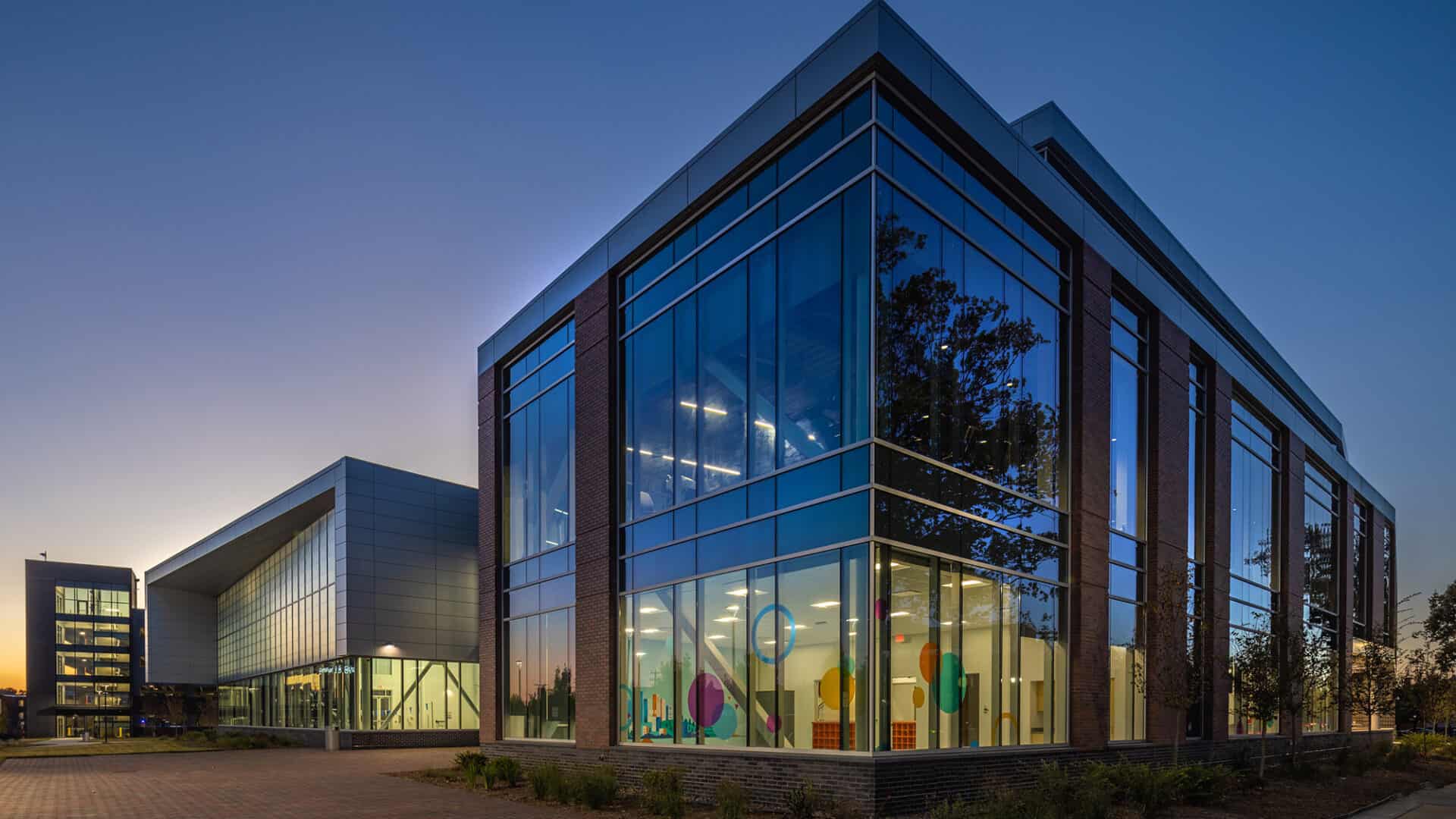
Michael Coates
PROJECT: Wilson YMCA
LOCATION: Wilson, NC
DESIGN SERVICES: Engineering (MEP), Brand Communication & Design, Landscape Architecture
The Wilson YMCA is my favorite Little project of 2022 because of its overall community impact. This building not only achieves the YMCA’s goals of bringing the community together (including a project visioning session with middle schoolers) and enhancing the daily lives of its many stakeholders, but it has also served as a catalyst for the city of Wilson’s growth and development at the northern edge of its historic downtown core. Tapping into the talents of Little’s diverse teams, the design supports the original intent of the organization’s master plan to act as a vibrant community hub between the new Truist Bank headquarters, the city of Wilson’s first tiered parking deck, and the Centro mixed-use apartment development.
The new facility has also allowed the Wilson YMCA to make advancements toward sustainability and social equity. Its after-school enrichment program offers equal access to a safe, healthy, and welcoming space for local middle schoolers of all socioeconomic backgrounds, while other design components allow for a reduction in water and energy usage.
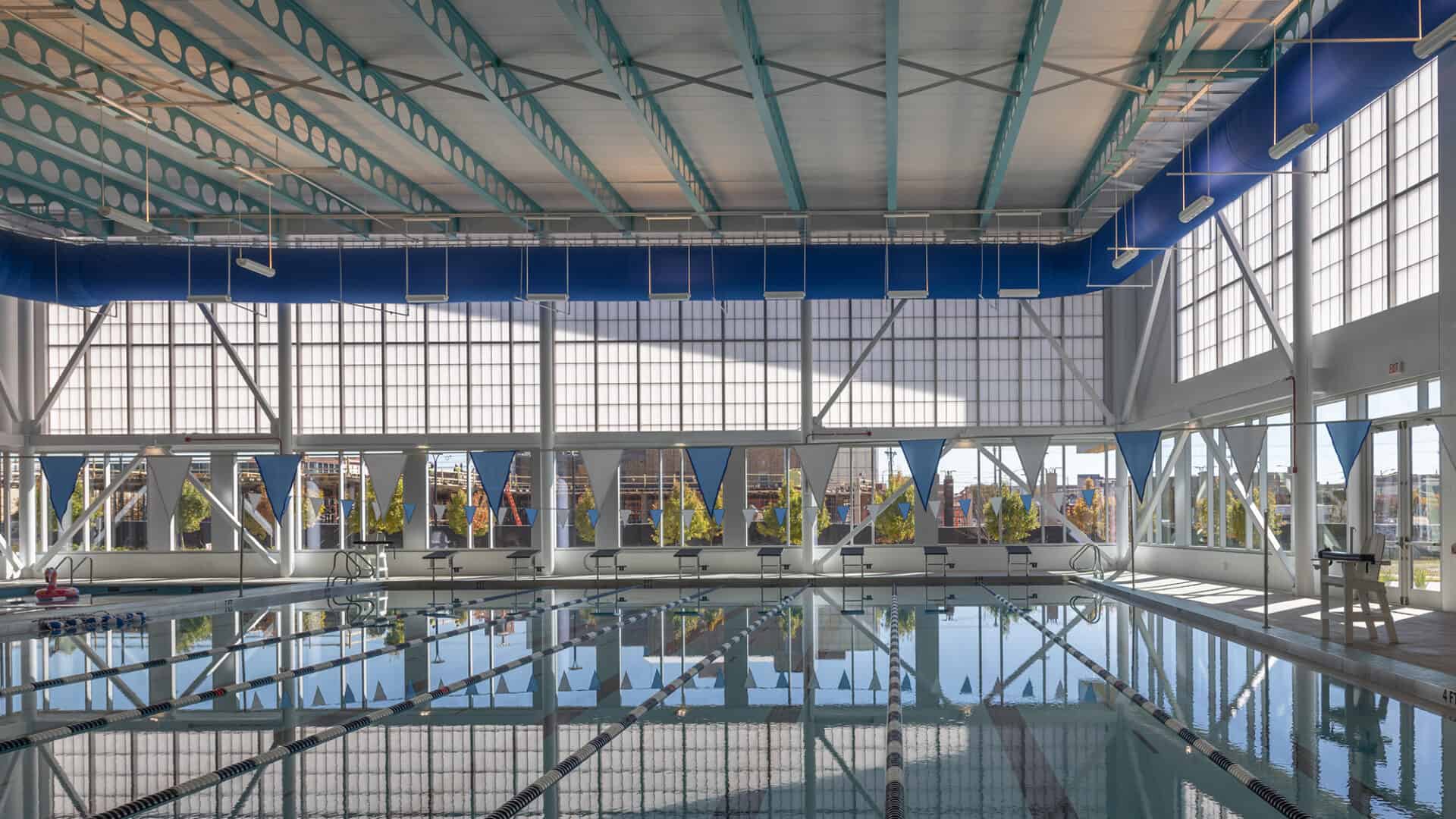
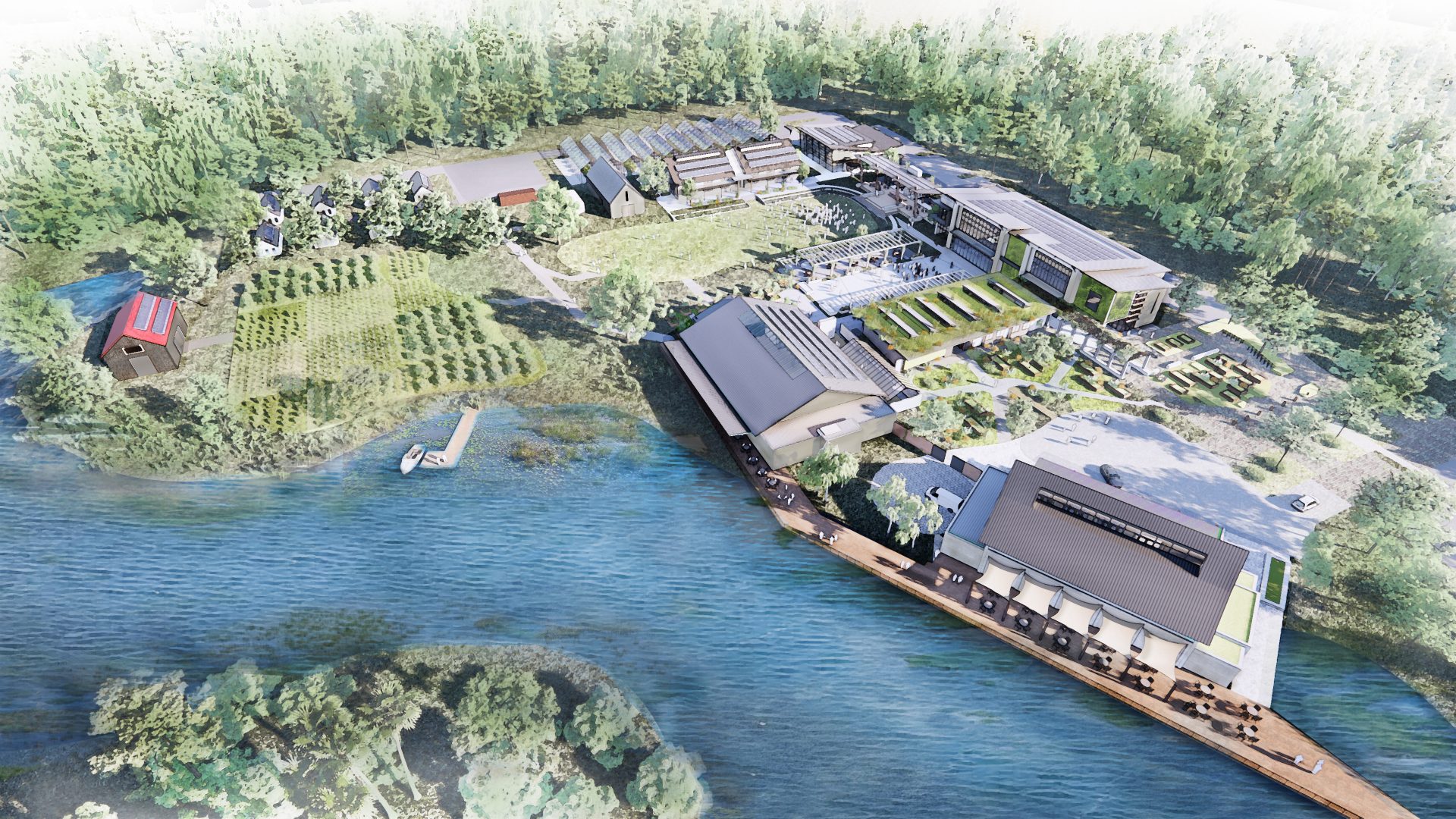
Tomás Jiménez-Eliaeson
PROJECT: 4Roots Regenerative Urban Farm Campus
LOCATION: Orlando, FL
DESIGN SERVICES: Architecture, Interior Architecture, Sustainability
I chose to spotlight 4Roots because, to date, I feel it has been our most progressive example of regenerative design at Little. The 18-acre farm, agriculture, learning and events campus in the heart of Orlando, FL, serves as a place where the community can learn how to grow food regeneratively—meaning to generate a positive impact on it’s community from the Health, Energy, Water and Social Equity standpoints (HEWS).
In addition to integrating multiple strategies for wellness, the project features a zero-energy education building that utilizes a solar-paneled roof to offset 105% of the building’s energy demands – yielding a predicted Energy Use Intensity (EUI) of 22, less than half the energy usage of other comparable buildings. Pursuing the Living Building Challenge Energy Petal Certification, the project also boasts an expected 75% reduction in water usage. However, the most notable aspect of this project is its community impact—4Roots expects to produce 25,000 lbs of food annually and create a $10M economic impact in the Orlando area.
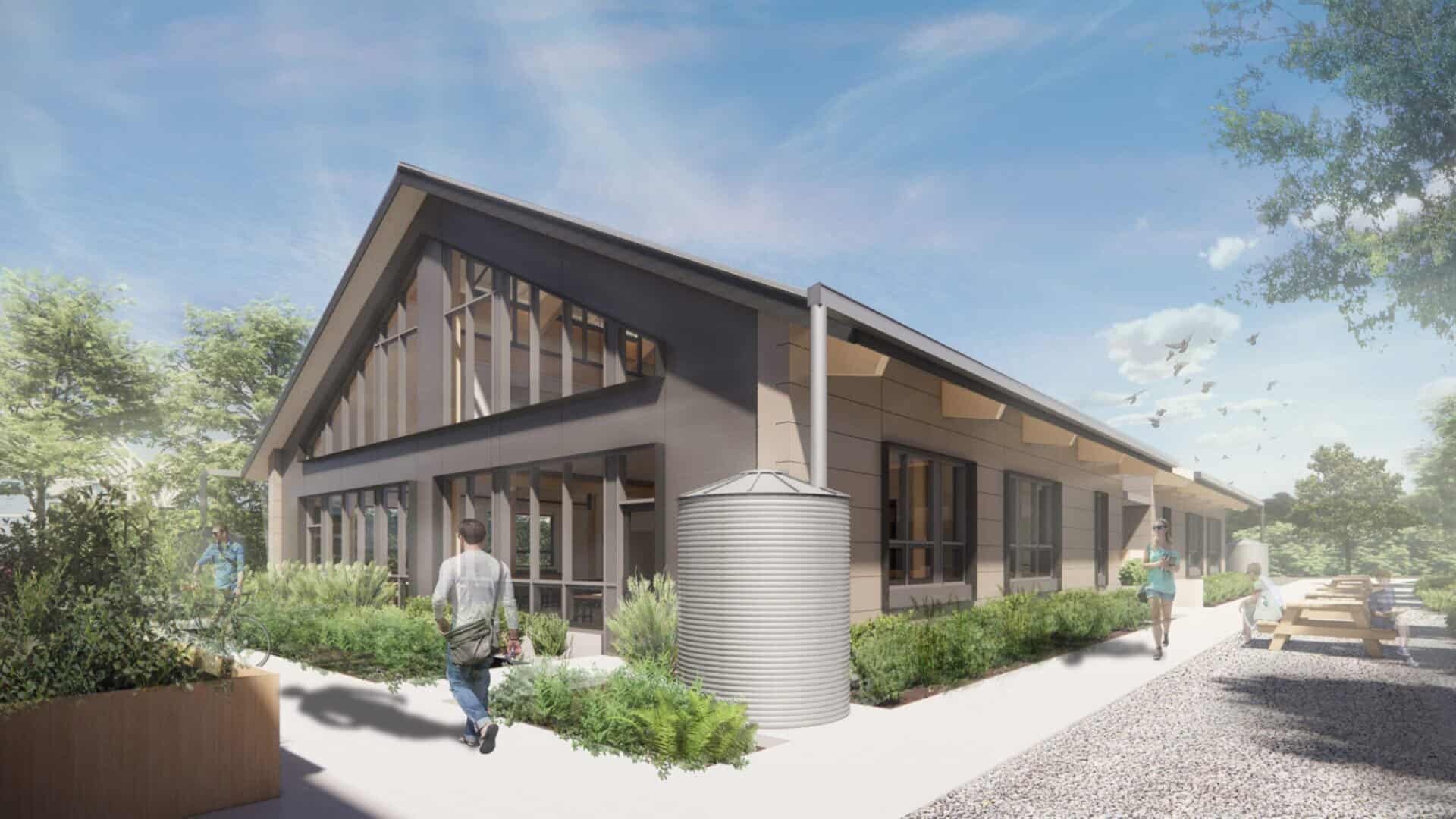
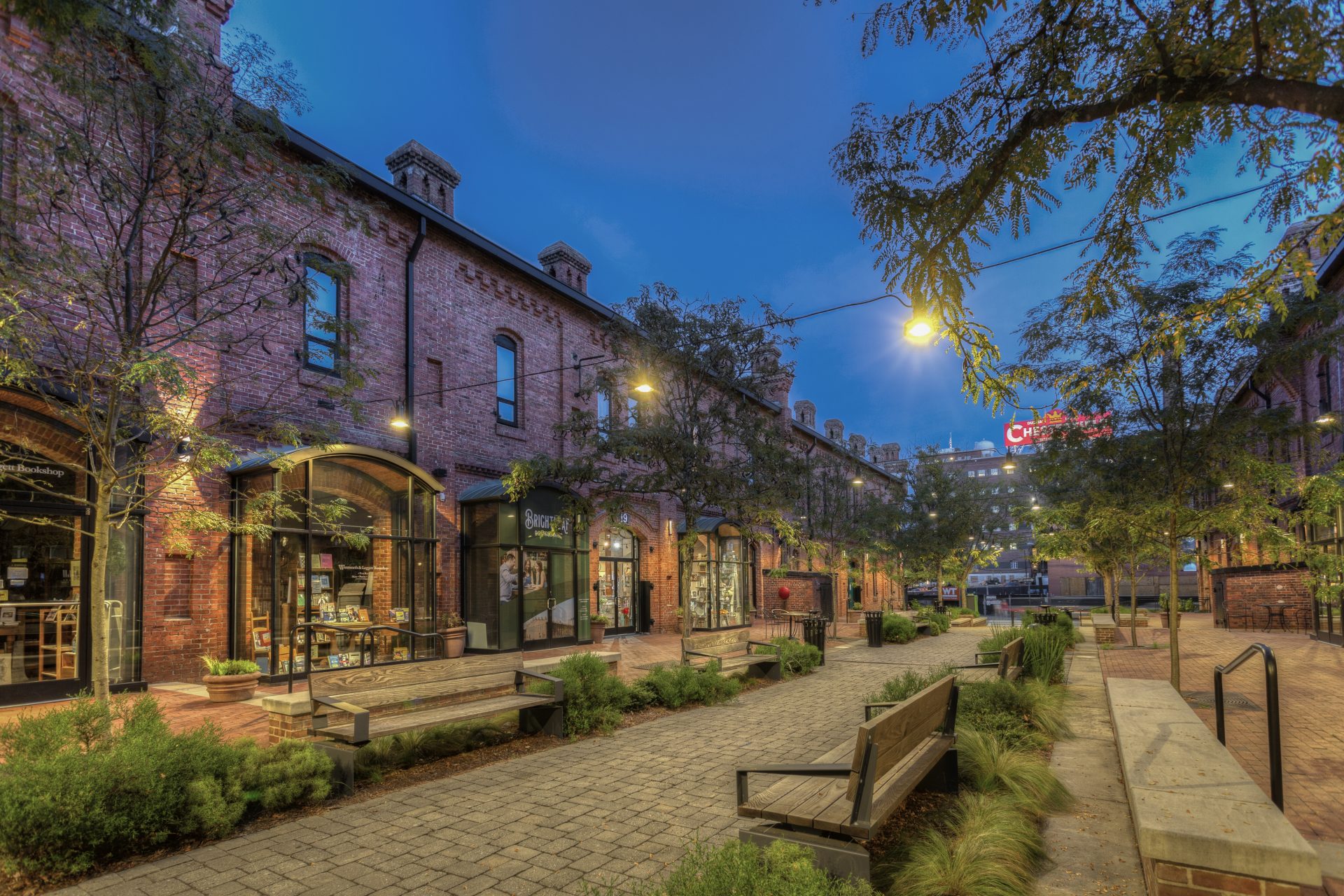
Jim Thompson
PROJECT: Brightleaf
LOCATION: Durham, NC
DESIGN SERVICES: Site Design, Architecture, Engineering, Brand Communications & Design
The Brightleaf historic revitalization project stands out because it epitomizes how Little’s transdisciplinary approach can elevate a client’s performance. Asana Partners came to Little wanting to reposition Brightleaf Square‘s existing “two buildings and a courtyard” vibe. Using a combination of branding and environmental graphics, public realm improvements, and building renovations/additions, Little teams across multiple practices and offices worked together to transform the mixed-use space into a complete “downtown district”. Sustainability was kept top of mind throughout the project, from repurposing existing on-site materials and opting for weathered steel walls to planting native grasses requiring no irrigation. The result is a reinvigorated landmark serving as a meaningful, communal space for Durham residents and visitors.
